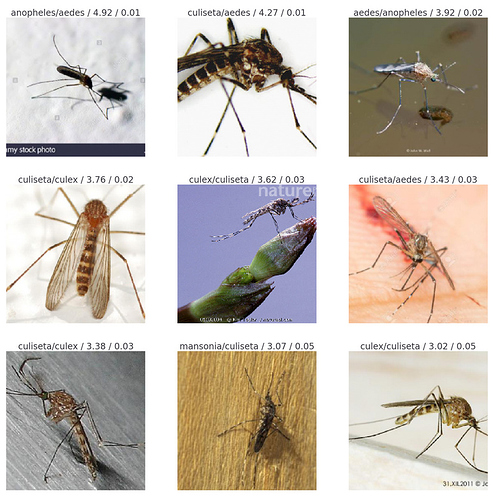Hi guys 
I was part of the original FastAI (Keras) course back in 2017 but wanted to do it again with PyTorch and the FastAI framework.
Just finished Lesson 1 and I wrote a little classifier for mosquito species identification.
I’m sharing my blogpost here.
Hope you find it interesting.
